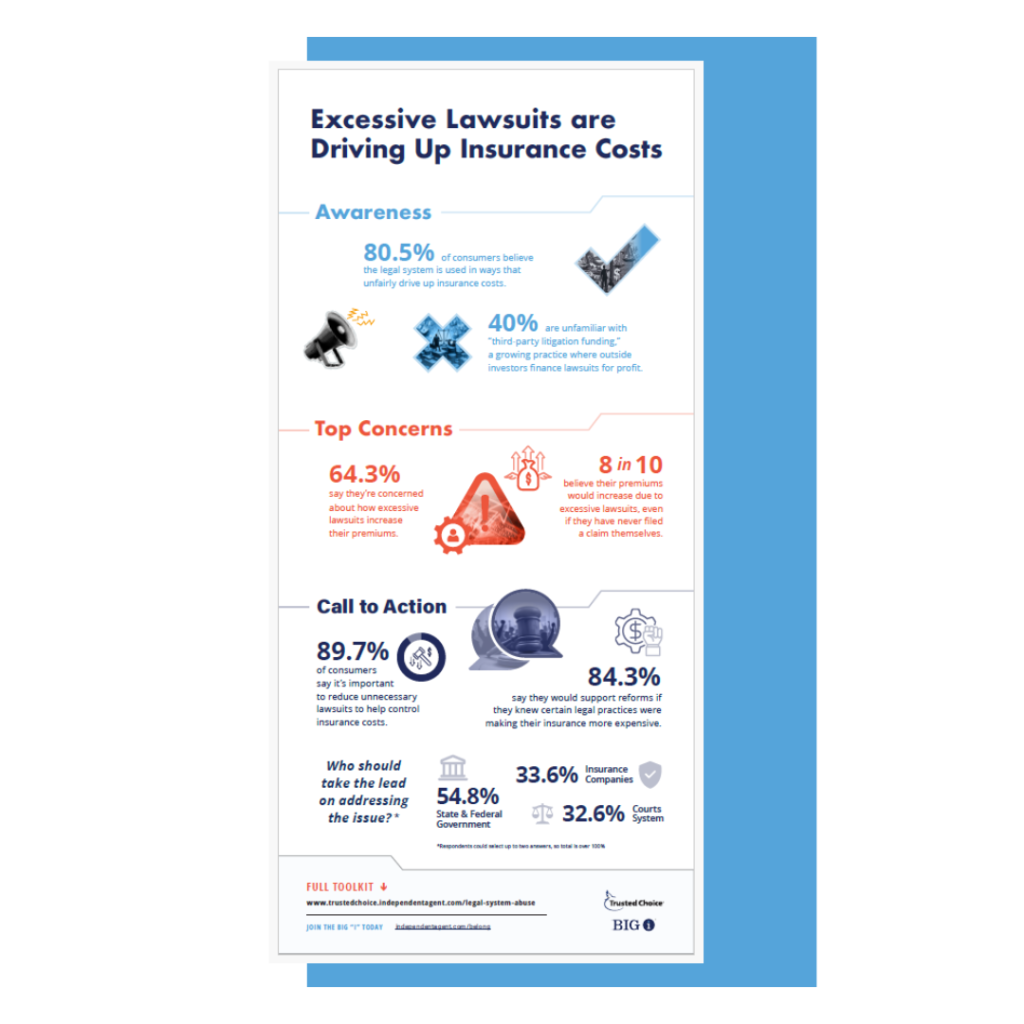Author: VU Faculty
An agency put together a list of “disclaimers” they were considering having insureds sign and asked for input on the concept. The general consensus was that disclaimers are sometimes warranted but can’t fully take the place of a good coverage checklist.
 “An agent was appointed to a board of an organization and noted that they had their customers sign off on 3-4 pages of disclaimers. He was putting together a sheet for his agency’s use and wondered if you would have someone to look over these to see if you have any further suggestions.”
“An agent was appointed to a board of an organization and noted that they had their customers sign off on 3-4 pages of disclaimers. He was putting together a sheet for his agency’s use and wondered if you would have someone to look over these to see if you have any further suggestions.”
 There is no question that some disclaimers can be helpful, ranging from disclaimers when placing business with an E&S carrier to “disclaimers” along the lines of coverage declinations. But it’s possible to accomplish much the same purpose for a variety of situations by using coverage checklists that might come across as more positive and certainly more comprehensive. Below are some VU faculty suggestions.
There is no question that some disclaimers can be helpful, ranging from disclaimers when placing business with an E&S carrier to “disclaimers” along the lines of coverage declinations. But it’s possible to accomplish much the same purpose for a variety of situations by using coverage checklists that might come across as more positive and certainly more comprehensive. Below are some VU faculty suggestions.

There are some simple sample checklists on the VU. Go to the VU home page and log in, then on the left side under “QuickLinks,” scroll down to the Checklists section. Also, the Big “I” E&O program has a sweet deal with Rough Notes that packages their PF&M (similar to FC&S) reference materials with coverage checklists and many other products at an extraordinary low price.

I would much prefer a good coverage checklist. This disclaimer list only shotguns a few isolated issues and, even in the points raised, isn’t completely accurate. (Examples: 1. Last sentence in the General Liability section: “I understand it only provides liability coverage for my operations as explained to me.” 2. In the last item on Comp and Collision, I have never heard of there being a coinsurance clause; also, the comment about how the valuation methods apply isn’t correct – Stated Amount would not come into play in the unendorsed BAP/PAP.) Bottom line: I would describe this document as Plaintiff’s Exhibit #1.

The form is about a thousand pages too short. To provide absolute protection against E&O, the client needs to sign off on a lot more things.
Even if you create a checklist that includes everything in the universe, having the client sign off still won’t prevent an E&O lawsuit. There are dozens of things that can allow the plaintiff’s attorney to sidestep this device.
Although it might make sense to have a client sign off onone or two important items, adding more items doesn’t necessarily add more protection. By making the list longer and more legalistic you fall into the trick many of us have seen in E&O cases: “The agent shoved a bunch of papers at me and said I should sign. They were very complicated and I didn’t understand them….”
There’s a place for checklists (pilots and surgeons use them all the time), but I’m not convinced that sign-off sheets like this do any good. One man’s opinion.

I think the problem with checklists like this is that by listing some items, but not all possible items, the failure to capture a particular item can lead to problems if that becomes a contested point between the insured and the insurer. I’d create a document that includes just the issues discussed with that particular customer, and indicate the disposition of those items only, such as whether insurance was provided or declined, and any options accepted or rejected.
The issue of rejecting mandated Workers’ Compensation coverage should be handled in a letter as a single issue, not as an item on a checklist, in my opinion.
Since it is the case that even people who make really poor decisions need insurance, I don’t think a customer’s decision not to carry Workers’ Compensation should be a bar to an agent providing other insurance products.

The document would be an exhibit in the E&O complaint. It is not possible to put together such a document to cover all the 1000’s of scenarios associated with risk transference. A good friend of ours often points to the use of checklists. One of the best we have seen is the PS4 product and IRMI also publishes a checklist product.

This seems to be a great CYA as long as it is read.
I wouldn’t add anything except: “I read and write the English language or this document has been read to me in a language I understand.”

I guess that asking insureds to certify they are choosing not to purchase workers’ comp coverage, while indicating the circumstances under which they are required to do so, is not any more dangerous than asking them to certify anything else in terms of coverage. Then again, this kind of document seems generally to be a bit risky to me: what if they have forgotten to get certification of something that should have been discussed? I think it might be better to document the insured’s refusal of only very specific recommendations made by the producer.

I’m inferring they would elect not to carry because they don’t have employees at the current time, so would not be subject to WC statute. However, you are correct to question why an agent would want to do business with anyone that doesn’t carry WC when they should. In my state, it is a Class D felony to not carry WC when you should, although I have yet to hear of anyone going to jail because of this. Of course, after the felony statute passed approximately 20 years ago, I haven’t seen anyone fail to carry WC when they should.
From an E&O perspective, I really don’t like disclaimer lists such as this. The real issue is not what you put in; it is what you left out. Let the policies speak for themselves. A general disclaimer and an admonition to the insured to “read your policies” is fine. Going beyond that is inviting trouble. Insureds still have a duty to read and be generally familiar with what is in their insurance policies. Having said that, I’m a big believer in fact finding (coverage) checklists. Several of the items on the attached review could readily be incorporated into a coverage checklist if not already there.
 “An agent was appointed to a board of an organization and noted that they had their customers sign off on 3-4 pages of disclaimers. He was putting together a sheet for his agency’s use and wondered if you would have someone to look over these to see if you have any further suggestions.”
“An agent was appointed to a board of an organization and noted that they had their customers sign off on 3-4 pages of disclaimers. He was putting together a sheet for his agency’s use and wondered if you would have someone to look over these to see if you have any further suggestions.” There is no question that some disclaimers can be helpful, ranging from disclaimers when placing business with an E&S carrier to “disclaimers” along the lines of coverage declinations. But it’s possible to accomplish much the same purpose for a variety of situations by using coverage checklists that might come across as more positive and certainly more comprehensive. Below are some VU faculty suggestions.
There is no question that some disclaimers can be helpful, ranging from disclaimers when placing business with an E&S carrier to “disclaimers” along the lines of coverage declinations. But it’s possible to accomplish much the same purpose for a variety of situations by using coverage checklists that might come across as more positive and certainly more comprehensive. Below are some VU faculty suggestions.









